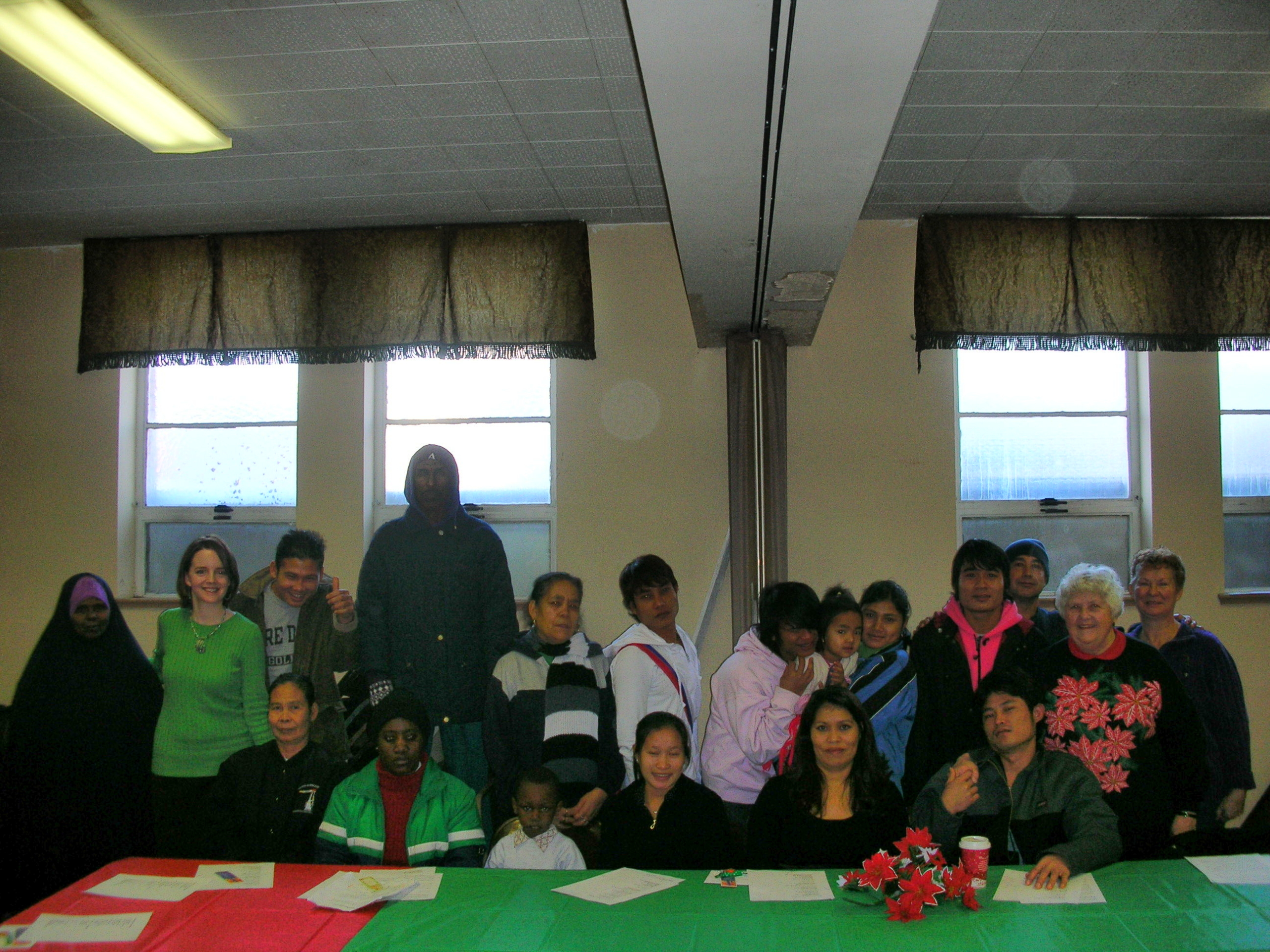
Demonstrated ability to apply the techniques and principles of second language assessment, and to interpret the results of such assessments in determining language proficiency and student progress.
Description
The Teacher’s Guide was created for TESL 570: Second-language Assessment, taken in the Fall 2018 term with Dr. Merari Weber. This artifact includes three complementary assessments for vocabulary, speaking, and listening, along with accompanying test administration instructions and scoring guidelines/rubrics. My rationale is also presented for the assessment techniques selected based on context, learner proficiency level, and principles of second language assessment.
Reflection
Before taking this course, I had minimal experience with test writing and very little confidence in my ability to create an effective formal assessment. I now feel better prepared to write tests and evaluate them based on indicators of reliability and validity. Specifically, I have learned how to pinpoint areas of possible confusion on test items and analyze distractors in multiple choice items to identify additional unforeseen correct answers. Through the process of creating the Teacher’s Guide, I also became more comfortable with the process of creating scoring rubrics and familiarized myself with techniques for implementing weighting in the final scoring of assessments to best reflect students’ true abilities.
Application
In my future classes, I will seek to use formal assessments as a tool to help my students see their progress in the course, as well as to inform my own teaching techniques and evaluate whether course outcomes are being met. I will use scoring rubrics to show students what is expected from them on assessments and to strengthen test reliability as they are scored. Where warranted, I will use thoughtful weighting techniques to attribute appropriate importance to individual skill areas. However, I will avoid using formal assessments simply for the sake of testing if alternative methods (e.g., learner-teacher conferences, peer feedback, self-assessment, etc.) would better serve my learners’ needs.
